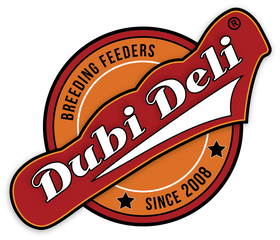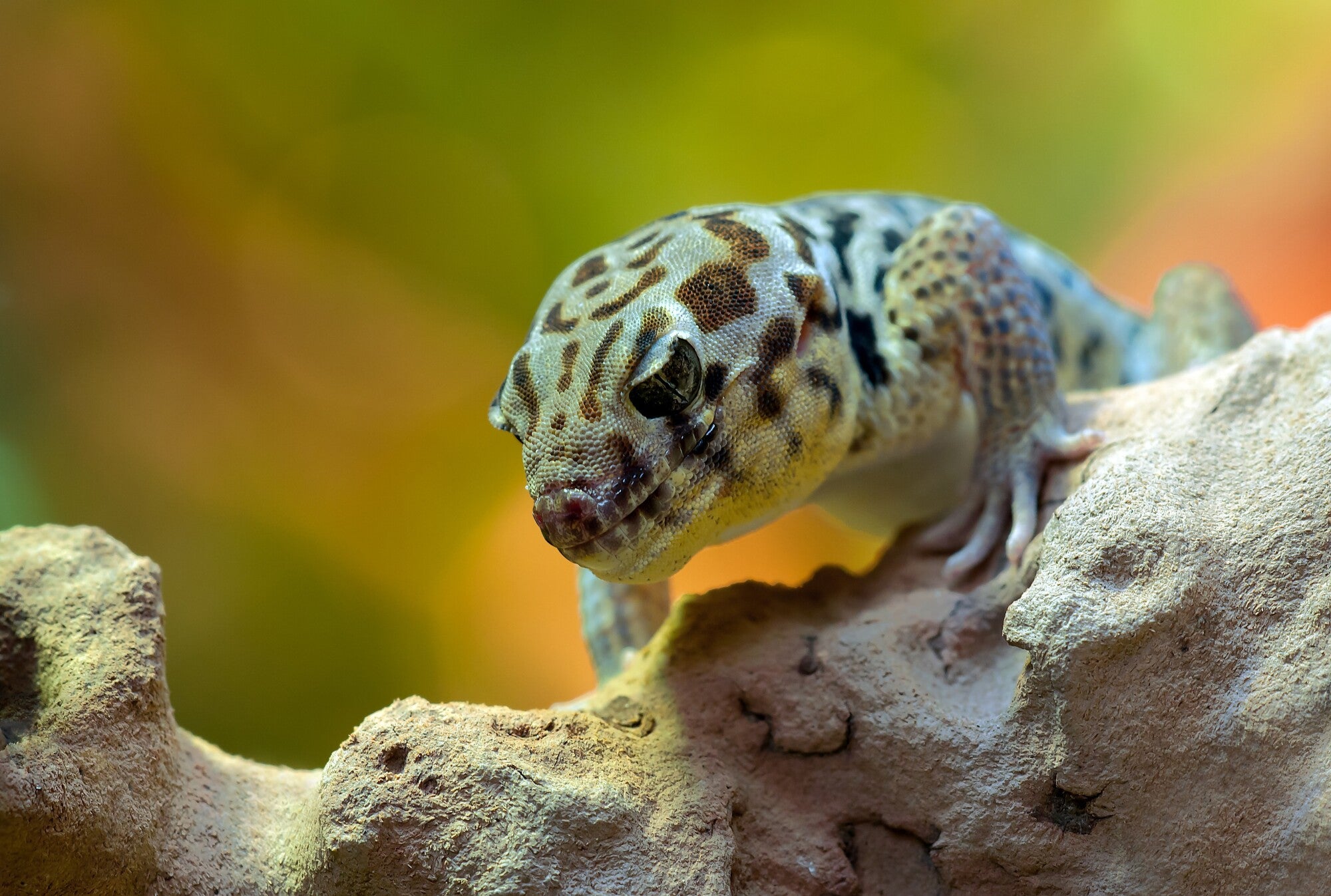Most pet owners have dogs, cats, or even fish, but 4.5% of American pet owners have reptiles! Reptiles are the perfect pet for a low-maintenance pet owner. Leopard geckos have been a popular option for reptile lovers because they are small and easy to care for.
With trust, a leopard gecko can even learn to show affection to its owner. A leopard gecko can live up to 10-15 years when cared for. So, let's get to the basics.
How do you feed your leopard gecko? This feeding guide covers everything you need to know about a leopard gecko's diet. Read on to find out more!
1. Feed Live Insects
A leopard gecko's diet consists primarily of insects. Leopard geckos are hunters, so it's best to feed live insects to enrich their senses. If you feed a leopard gecko canned or dead instincts, it may not trigger those hunter instincts.
Your leopard gecko may not even touch that dead insect. A good diet may consist of mealworms, crickets, sow bugs, and roaches. There are many kinds of roaches you can feed your gecko, but the best is dubia roaches.
Your leopard gecko needs tons of protein, and dubia roaches are packed with them. You can also raise your dubia roaches with a diet of fruits or vegetables to make them more nutritious for your little gecko. Check out our dubia roaches for leopard geckos here!
If you want to set aside some treats for your gecko, you may opt for super worms and waxworms. These worms are high in fat and can lead to obesity, but giving them once a week is fine. Butterworms can be highly addictive for geckos to the point they refuse other food.
When it comes to water, you want to avoid giving your gecko softened or distilled water. Filtered, spring, and tap water are best for your gecko. These contain minerals your gecko needs to stay healthy!
2. Stick to a Feeding Schedule
Unless you're caring for a baby gecko, you don't need to feed your pet every day. Baby geckos have a fast metabolism and tend to be greedy eaters. It's best to feed them once a day to promote growth and development.
The best way to feed a baby gecko is to put down as much food as it can eat in 10 minutes. It's always better to use small food items while they're young so you don't risk overfeeding them. After 10 minutes, take the leftovers out of the aquarium or container.
Try not to feed your baby gecko mealworms yet, as they can have difficulty digesting it.
Once your gecko reaches the 6-month mark, you can start introducing them to bigger roaches and crickets, and mealworms. You can find mealworms here. At 10 months, you can start feeding your gecko medium-sized foods.
After 12 months, your gecko will be an adult and will only need to feed every two or three days. Keep in mind that leopard geckos are nocturnal, so you should feed them in the evening. You can even experiment with hand-feeding your gecko.
Overfeeding a Gecko
Leopard geckos have learned to process and store food in their natural habitat. However, as pets, this makes leopard geckos prone to over-eating and obesity.
You can't always tell when a gecko is gaining weight because they store fat in their tails. Over-eating may lead your gecko to regurgitate and become lethargic. If this happens, avoid fatty insects and give your gecko less food for the time being.
A healthy gecko's tail should be wider than its body. It should also have a flat stomach when it's not feeding.
3. Giving Your Gecko Supplements
Insect feeders should always have a light dusting of phosphorus-free calcium powder. Always dust your insects immediately before feeding. If you dust them too early, they could remove the powder.
You may also opt for calcium powders with vitamin D3. Vitamin D3 promotes healthy bones and prevents Metabolic Bone Disease. This is essential if your gecko's enclosure doesn't have a UVB light.
Your gecko will also need the occasional multivitamin for complete nutrition. Vitamin A makes your gecko's skin thicker and tougher. It also helps in maintaining good eyesight.
If your leopard gecko is on a strict diet of crickets, you need to give them vitamin E to avoid selenium toxicity.
4. Foods to Avoid
We've discussed that canned and dead insects may not be the best food for geckos. However, what about fruits and vegetables? Unlike other lizards, leopard geckos cannot digest vegetables or fruits.
If you want to put fruits and vegetables to good use, feed them to mealworms or dubia roaches instead. While leopard geckos may enjoy insect meat, you want to avoid giving them beef, pork, or chicken. You must also steer clear of fish, centipedes, or spiders.
We do not recommend feeding your leopard gecko wild insects. Wild insects can carry parasites and have traces of pesticides and herbicides that can harm your gecko. Luminous insects, like fireflies, are toxic to leopard geckos and can kill them in minutes.
5. Gecko Not Eating?
Leopard geckos may lose their appetite during shedding season. Adult geckos can go without food for up to two weeks thanks to the fat reserves on their tails. However, if your gecko starts losing weight or a baby gecko doesn't eat for more than four days, it may be time to check for issues.
Stress and environmental changes can make your gecko lose its appetite. You can remedy this by adding more hiding places in your gecko's tank, like caves.
Your leopard gecko may also refuse to eat because its enclosure is too cold. Leopard geckos rely on heat to digest food.
How to Feed a Leopard Gecko
Now you know how to feed your new leopard gecko! While leopard geckos are pretty low-maintenance, they do need a specific diet. Use this guide to ensure your gecko gets all the nutrition they need!
Dubi Deli offers high-quality mealworms and dubia roaches that your leopard gecko will love. Check out our specials here.

